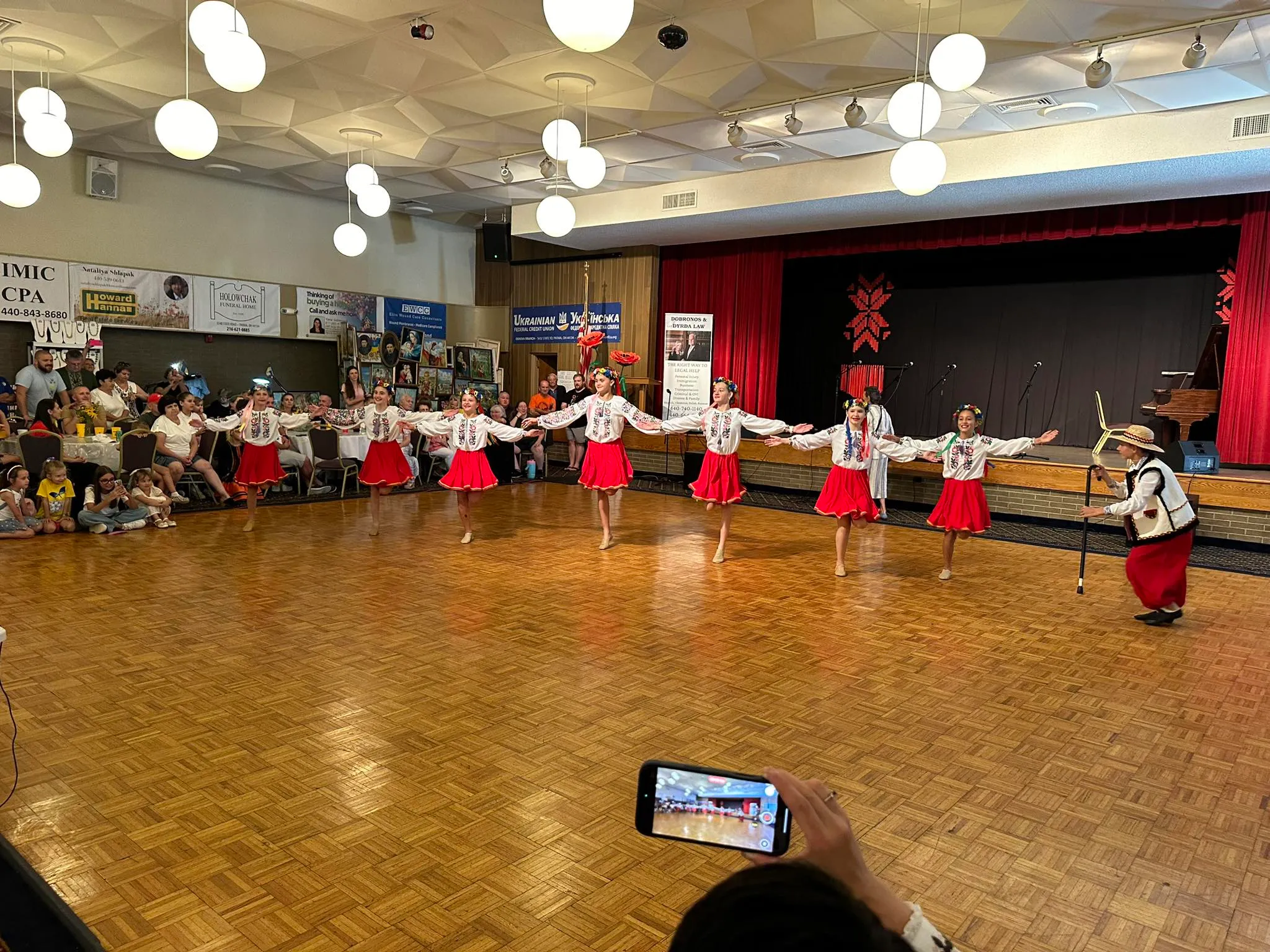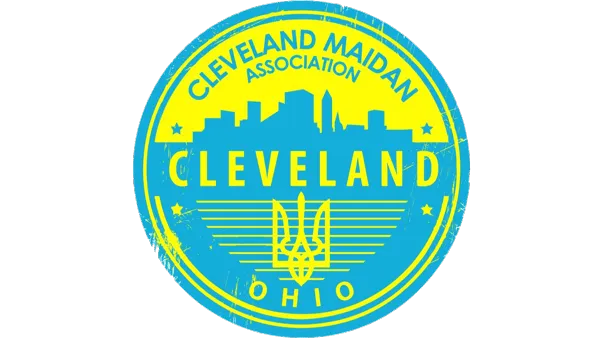In the heart of the Ukrainian village in Parma, where the blue-yellow flag proudly waves against the suburban horizon, from August 1 to 3, 2025, the 25th anniversary Ukrainian Festival took place, transforming the territory of the Ukrainian Greek-Catholic Church of the Intercession into a vibrant celebration of culture, resilience, and unity. This "Silver Jubilee" gathered thousands of people to commemorate the indomitable spirit of Ukraine, even as the shadow of war from the distant homeland serves as a reminder of the ongoing struggle. Filled with music, dance, cuisine, and warmth, the festival was not only a cultural event but also a powerful act of remembrance for a people hardened by trials.
The festival, located at 6812 Broadview Road, is the heart of the Ukrainian community in Parma—one of the largest in the United States. The air in the town was infused with aromas of varenyky, borscht, holubtsi, deruny, sausages, and chebureki. "Cossack Cuisine" became the gastronomic centerpiece of the festival, offering these traditional dishes along with pastries, cakes, Ukrainian and local beers, wines, and drinks. Every bite was a taste of home for the diaspora and an invitation for guests to discover Ukraine’s rich culinary heritage.
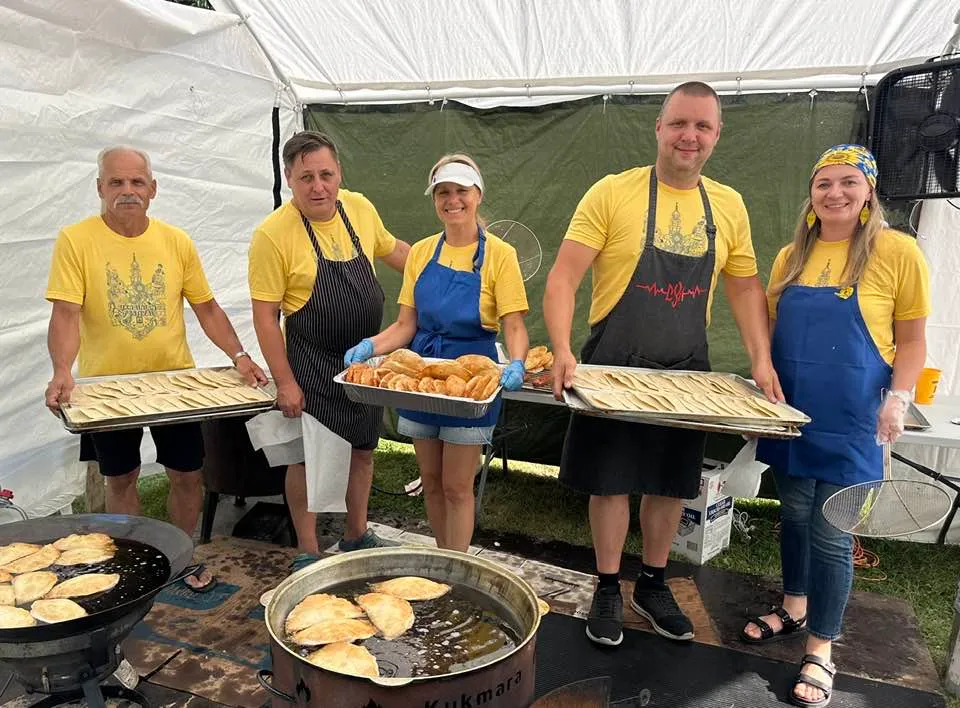
The festival grounds pulsed with life. The Ukrainian dance school "Kashtan," a local treasure, enchanted audiences with performances combining intricate choreography and vibrant traditional costumes. They were joined by the "Vyshyvanka" dance school from Chicago, whose guest appearance emphasized intercultural unity. Live music—from folk melodies to modern Ukrainian songs—filled the air, and talent competitions and open-air karaoke on Sunday allowed local voices to shine. The Ukrainian bazaar, one of the largest in the region, impressed with its handcrafted items: embroidered shirts, jewelry, paintings, and meticulously decorated pysanky—each piece a testament to Ukraine's artistic soul. For children, the "Kids’ Corner" was an oasis featuring face painting, crafts, inflatables, and games, making the festival attractive for all generations.
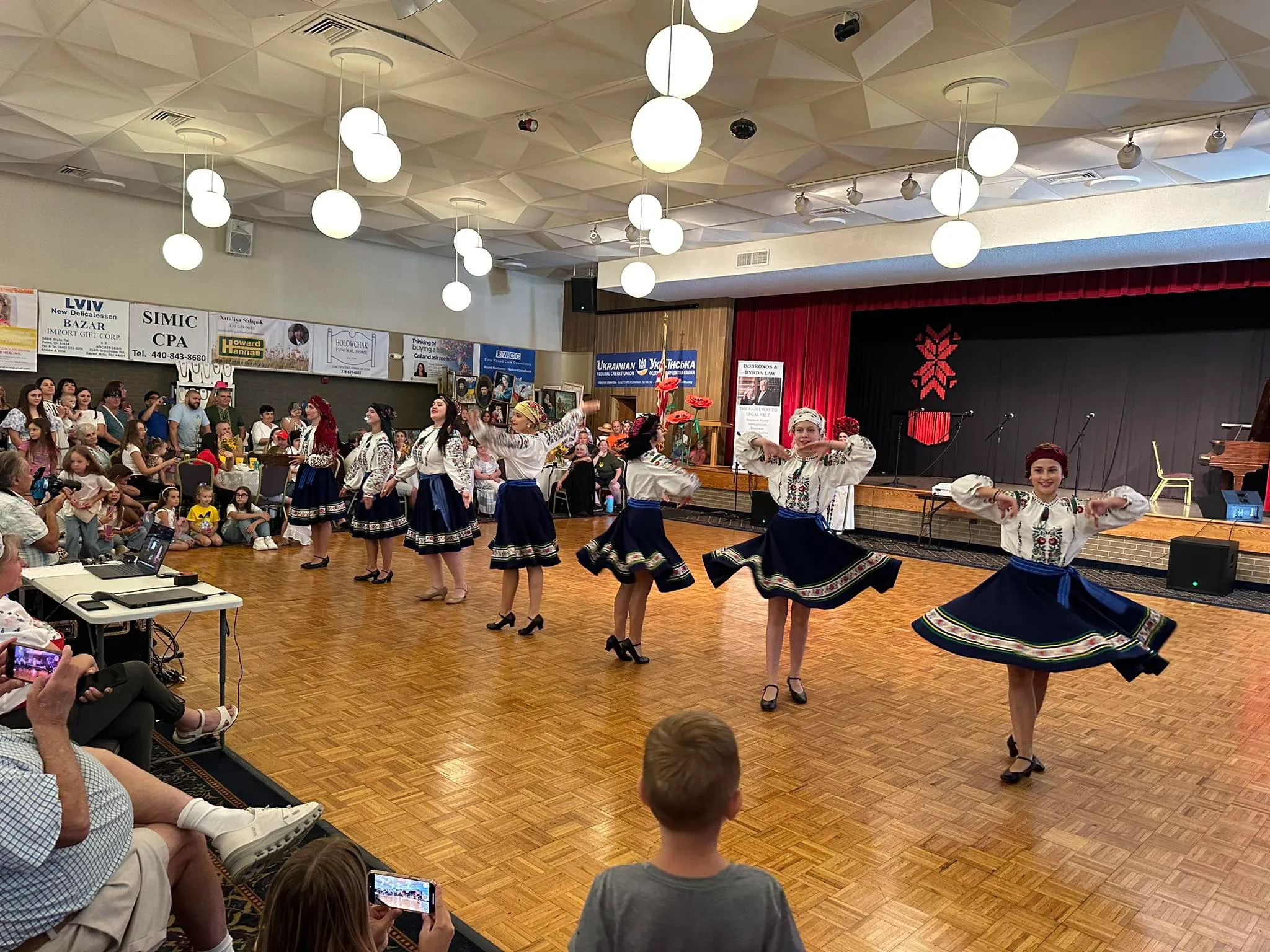
However, beyond the festive atmosphere, an invisible presence of the war in Ukraine was felt, adding a profound depth to the event. The Ukrainian community in Parma, formed by waves of immigration from the early 20th century to the post-Soviet era, stands as a bastion of cultural preservation. This year, the festival became even more significant, reminding everyone of what is at stake for a nation fighting for survival.
Among the music and laughter, I met Artem Perederiev, a soldier of the Third Separate Assault Brigade, whose story embodies the resilience of the Ukrainian spirit. 35-year-old Artem, born in Donetsk, lived and worked in his native region before the full-scale war. In April 2022, he voluntarily joined Ukraine’s defenders, becoming part of the Third Assault Brigade. During his first combat sortie at a position in Chernihiv on the Kharkiv front, an enemy FPV drone struck him directly at his feet. The blast caused severe injuries: both of Artem’s legs were shattered, his calf torn out, one leg broken, and his side damaged. "There was no panic," he recalls. Artem managed to apply a tourniquet to one leg, while his comrades helped with the other leg and his arm. The memories thereafter become hazy: a week in a coma at a Kharkiv hospital, amputation of both legs, and over 50 surgeries during his treatment process.
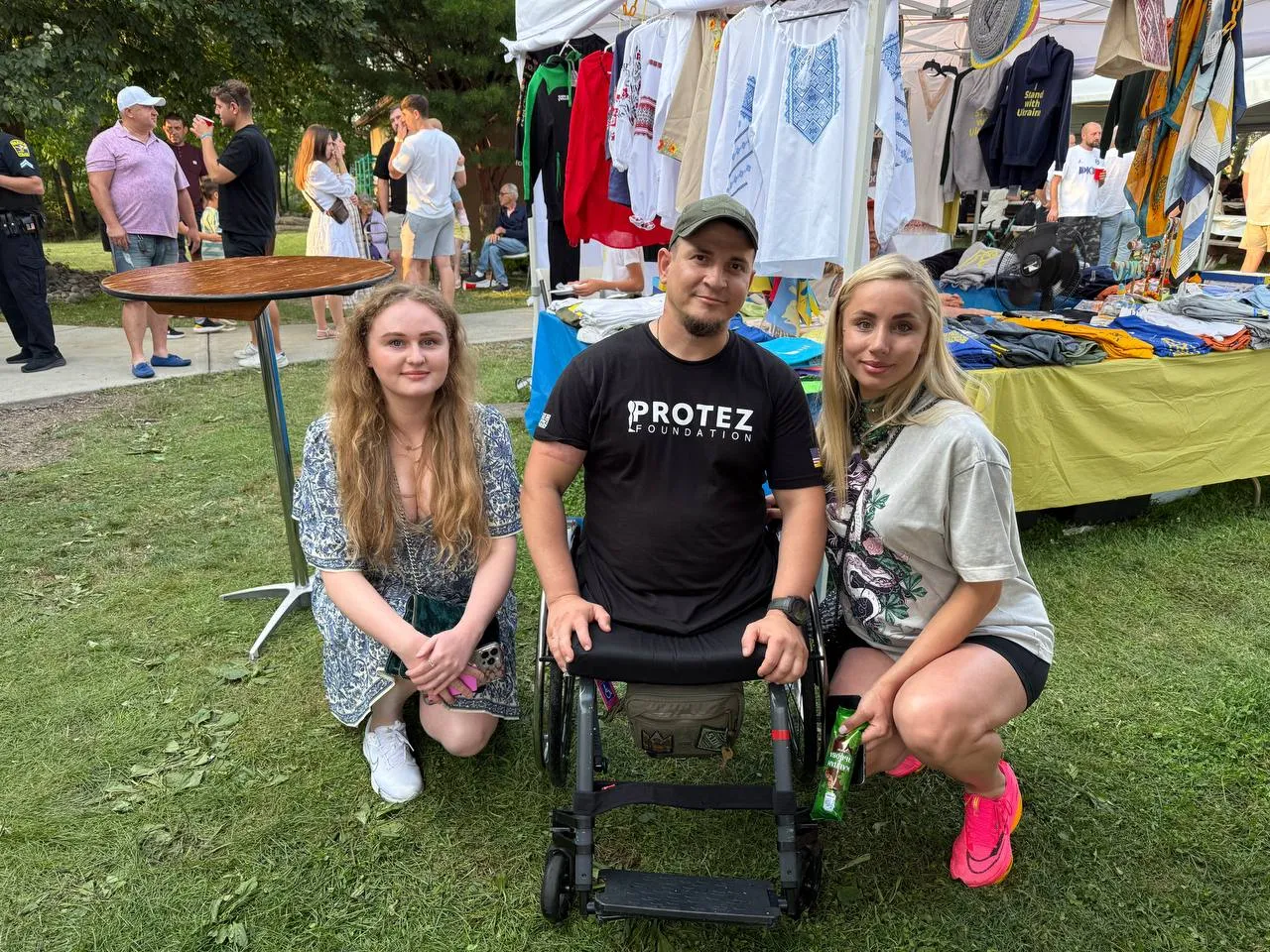
The first month and a half after the injury, Artem barely remembers. He was bedridden for two months. But, recovered, he began rehabilitation with renewed strength. From October 2024, Artem has been working with physical therapist Valery Sushilov at the Ivano-Frankivsk Regional Clinical Hospital. Rehab began with selecting a new wheelchair, as his previous electric one was uncomfortable given his injuries. "When I arrived here for rehabilitation, training started on October 1st. I even came back to life a little, because I started to do something," Artem explains. He actively trains his hands, aiming to learn to walk on them to ease daily life. "Now my hands are like legs, so they need to be strong to move myself where I need to go, to reach what’s necessary. I have to be strong," he adds with a smile.
At the festival, Artem was not just a guest but a living symbol of resilience. He shared stories with children, enjoyed varenyky, and even joined an improvised dance, holding onto friends’ shoulders. "Life doesn’t stop," he said, his eyes radiating an undying zest for life. "War can take a lot, but not our soul." His presence was a reminder that the joy of the festival is not just celebration but also a form of resistance.
The festival also became a center of unity. Soccer and volleyball tournaments fostered friendly rivalry, and a large prize draw of $2000 kept spirits high. Entrance and parking were free, inviting everyone—Ukrainians or not—to partake in what organizers called "the largest ethnic festival in Northeast Ohio." Olga Migelich, senior parish council member, noted: "It’s like being in Ukraine without leaving Ohio. We share our culture, food, spirit—making everyone honorary Ukrainians for this day."
As the sun set on the last day, the festival concluded with a quiet prayer for peace led by the parish priests of the Church of the Intercession. Their voices echoed in Ukrainian under the free Ohio sky. For a community that has seen its homeland endure incredible hardships, the festival was more than just a celebration—it was a declaration of identity, a refusal to be erased. Artem Perederiev stood among them, leaning on comrades, his voice blending with the choir. At that moment, the Ukrainian village in Parma became not just a place, but a promise: Ukraine and its people will endure.
